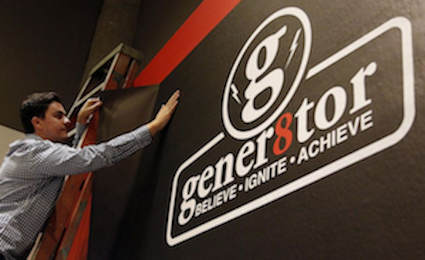 In what may be the worst-kept secret of the year, gener8tor today formally announced the five startups it accepted into its 2018 Minnesota program. The 12-week summer program officially kicked off the week of June 25th, but they tell me it always takes a while for all the legal paperwork to be completed — thus the delay in an official announcement, even though many in the Twin Cities community already knew. Nonetheless — ta-dah! — here’s the 2018 class, selected from some 800 applications it received from throughout North America:
In what may be the worst-kept secret of the year, gener8tor today formally announced the five startups it accepted into its 2018 Minnesota program. The 12-week summer program officially kicked off the week of June 25th, but they tell me it always takes a while for all the legal paperwork to be completed — thus the delay in an official announcement, even though many in the Twin Cities community already knew. Nonetheless — ta-dah! — here’s the 2018 class, selected from some 800 applications it received from throughout North America:
CellularEMT
Detroit, MI
Dwain Watkins, CEO
 CellularEMT connects certified technicians who provide a variety of on-demand services (e.g., cell phone repair, technical support) to consumers. By tapping into the gig economy, CellularEMT offers a lower cost, higher quality service than traditional tech support (i.e., Geek Squad), while providing entrepreneurial contractors higher earning potential than
CellularEMT connects certified technicians who provide a variety of on-demand services (e.g., cell phone repair, technical support) to consumers. By tapping into the gig economy, CellularEMT offers a lower cost, higher quality service than traditional tech support (i.e., Geek Squad), while providing entrepreneurial contractors higher earning potential than 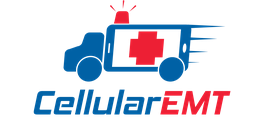 traditional employment. CellularEMT piloted with smart device screen repair, and has grown monthly revenue from $10,000 to $37,000 from January to May 2018.
traditional employment. CellularEMT piloted with smart device screen repair, and has grown monthly revenue from $10,000 to $37,000 from January to May 2018.
Faithbox
Omaha, NE
Jeff Smith, CEO
 Faithbox provides monthly subscription boxes to the Christian market with proprietary devotionals, books, and products that benefit charitable projects (e.g., fund a school for disabled children in Kenya and health insurance for their mothers). Faithbox also partners with Christian musicians, authors, and organizations to offer custom co-branded subscription boxes to their
Faithbox provides monthly subscription boxes to the Christian market with proprietary devotionals, books, and products that benefit charitable projects (e.g., fund a school for disabled children in Kenya and health insurance for their mothers). Faithbox also partners with Christian musicians, authors, and organizations to offer custom co-branded subscription boxes to their  audiences.
audiences.
As the Christian brick-and-mortar retailer market shrinks (i.e., fewer books on the shelves at Walmart), Faithbox allows vendors to move the displaced inventory directly to consumers while buying that inventory at discount prices. In addition, Faithbox’s unique partnership with Christian artists and influencers (many of whom have millions of followers) leverages the partners’ brands to drive down acquisition costs and reach a larger audience. Faithbox is an Omaha-based Delaware C-Corp. It generates $180,000 MRR and is growing at 10%+ per month.
Virtue Analytics
Woodbury, MN
Vikas Mehrotra, CEO
 Virtue Analytics (previously called Manboat) allows educational institutions to leverage the power of machine learning and predictive modeling to make better decisions across the admissions process. Customized to the institution’s environment, Virtue Analytics provides student-specific recommendations, related to admissions, financial aid & retention, enabling better outcomes for the student and delivering increased revenue to the institution.
Virtue Analytics (previously called Manboat) allows educational institutions to leverage the power of machine learning and predictive modeling to make better decisions across the admissions process. Customized to the institution’s environment, Virtue Analytics provides student-specific recommendations, related to admissions, financial aid & retention, enabling better outcomes for the student and delivering increased revenue to the institution.
Historically, admissions departments have relied on intuition, guesswork, and Excel spreadsheets to determine the amount of financial aid to offer in a manually intensive, sub-optimized manner. With Virtue Analytics, these decisions are optimized, automated using self-tuning algorithms that allocate available financial assistance by neither over funding (and wasting money) or under funding (and burdening a student with debt). Since going live in January 2018, it has secured contracts totaling $76K ARR with expectations to reach $240K ARR by December 2018.
Onepanel
San Francisco, CA
Donald Scott, COO
 Onepanel allows companies, researchers, and students access to the same world-class machine learning and artificial intelligence tools that are used by Google and Facebook. Onepanel takes months and hundreds of thousands of dollars of investment in infrastructure and provides the same toolset as a platform, available at a click of a button. Onepanel’s suite of tools makes machine
Onepanel allows companies, researchers, and students access to the same world-class machine learning and artificial intelligence tools that are used by Google and Facebook. Onepanel takes months and hundreds of thousands of dollars of investment in infrastructure and provides the same toolset as a platform, available at a click of a button. Onepanel’s suite of tools makes machine  learning available for highly technical researchers and non-technical analysts alike, allowing them to collaborate and build on each other’s work.
learning available for highly technical researchers and non-technical analysts alike, allowing them to collaborate and build on each other’s work.
SpeechMED
Miami, FL
Susan Perry, CEO
 SpeechMED’s smart device application speaks medical information to patients in the language they understand. SpeechMED’s application removes obstacles to clear communication regardless of language preference, age, vision, and literacy level by playing the information out-loud in the patient’s native language and simplifying medical jargon into simple instructions. SpeechMED empowers patients and their caregivers to understand vital medical information resulting in
SpeechMED’s smart device application speaks medical information to patients in the language they understand. SpeechMED’s application removes obstacles to clear communication regardless of language preference, age, vision, and literacy level by playing the information out-loud in the patient’s native language and simplifying medical jargon into simple instructions. SpeechMED empowers patients and their caregivers to understand vital medical information resulting in  improved health literacy, higher rates of medication adherence, reduced chance of medical mishap, and the resulting costs to payers. It is a Miami, Florida based Delaware C-Corp. and has a paid pilot at Baptist Health for $10,000.00 per month.
improved health literacy, higher rates of medication adherence, reduced chance of medical mishap, and the resulting costs to payers. It is a Miami, Florida based Delaware C-Corp. and has a paid pilot at Baptist Health for $10,000.00 per month.
————-
About gener8tor
gener8tor is a nationally ranked accelerator that invests in high-growth startups. Three times a year, it invests $90K in each of five startups who receive a concierge experience during its 12-week accelerator program. (The program takes place in each of three cities: Madison, Milwaukee, and Minneapolis.) gener8tor supports the growth of these startups through its network of experienced mentors, technologists, corporate partners, angel investors, and venture capitalists. To date, 71 gener8tor alumni have cumulatively raised more than $150M in follow-on financing. Of these 71 alumni, 58% have raised more than $1M in follow-on financing or have been acquired. gener8tor invests in high-growth startups, including software, IT, web, SaaS, life science, medtech, e-commerce, and hardware. gener8tor is a proud member of the Global Accelerator Network (GAN) and is sponsored by American Family Insurance. It is a GOLD-tier accelerator in the U.S. as ranked by the Seed Accelerator Rankings Project.
————-
Disclosure: I’m a mentor for gener8tor Minnesota.
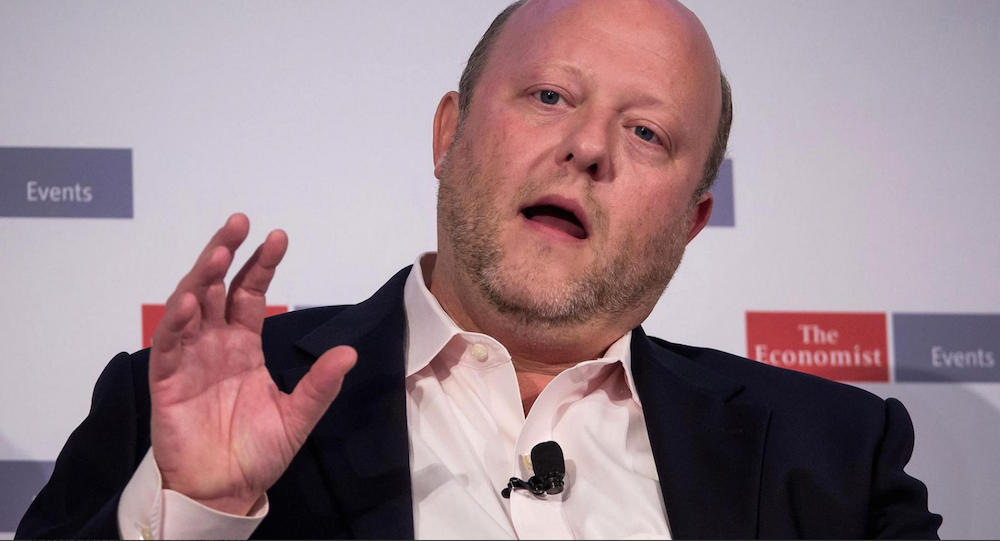

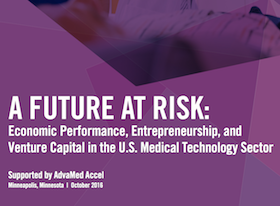
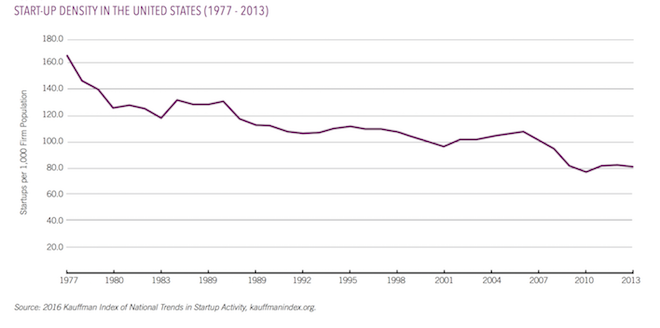
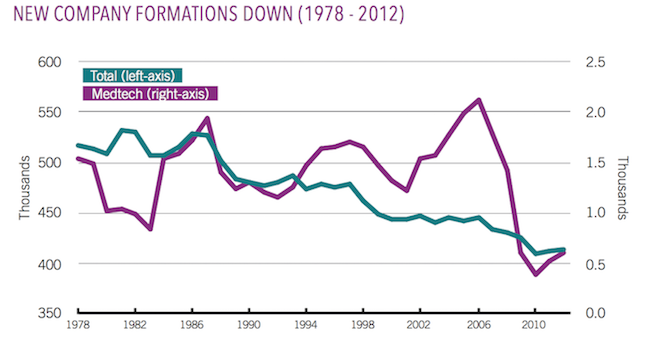

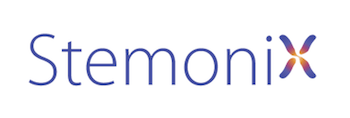



Recent Comments